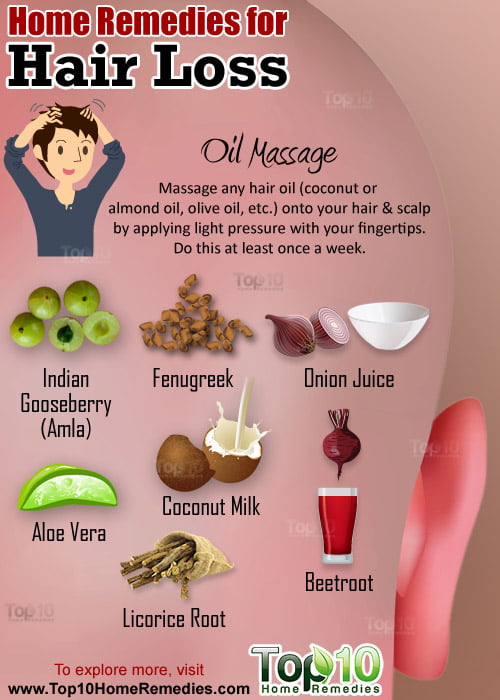
Whether you have blonde, brown, black or red hair, chances are by the time you reach 50 you will be at least partially gray. So what causes this salt and pepper phenomenon that affects us all?
Hair is a fast dividing group of cells, made from a protein called keratin. There are 3 distinct phases in the hair growth cycle and each hair will last on average 3-7 years before it falls out. The color of our hair is determined by our genetics and is due to the presence of melanin. The type and amount of melanin present is what accounts for our individual hair color. As we age and our hair keeps going through this continuous cycle the amount of melanin reduces leaving us with gray then eventually white hair. This is not the hair changing color but starting to grow with less pigment, which leave it somewhat ‘see-through’.
Going gray is a normal sign of aging although some younger people may find gray hairs very early on in life. This is not a cause for concern unless a large amount appear very suddenly which may be the symptom of a larger problem. Most people should expect to see gray hair from their early thirties or around the same time as your parents.
There are some factors, which have been recorded to cause premature gray hairs. This includes nutrient deficiencies especially vitamin B and iron; smoking and autoimmune diseases. Although this is not very common but extreme stress and fear is also thought to trigger the production of gray hairs.
A common myth is that if you pull out a gray hair more will grow back in its place. This has no basis in truth. Gray hair can also seem more coarse or resistant, again this is due to ageing and the hair has less keratin and collagen so is loosing its elasticity and can appear ‘wiry’. This makes grays trickier to cover and will require more frequent or permanent hair dye to change the color.
Gray hair is commonly thought as sign of ageing and can cause panic but in many cultures it is a mark of wisdom and is revered.
[“source=illinoisrealtors”]
















